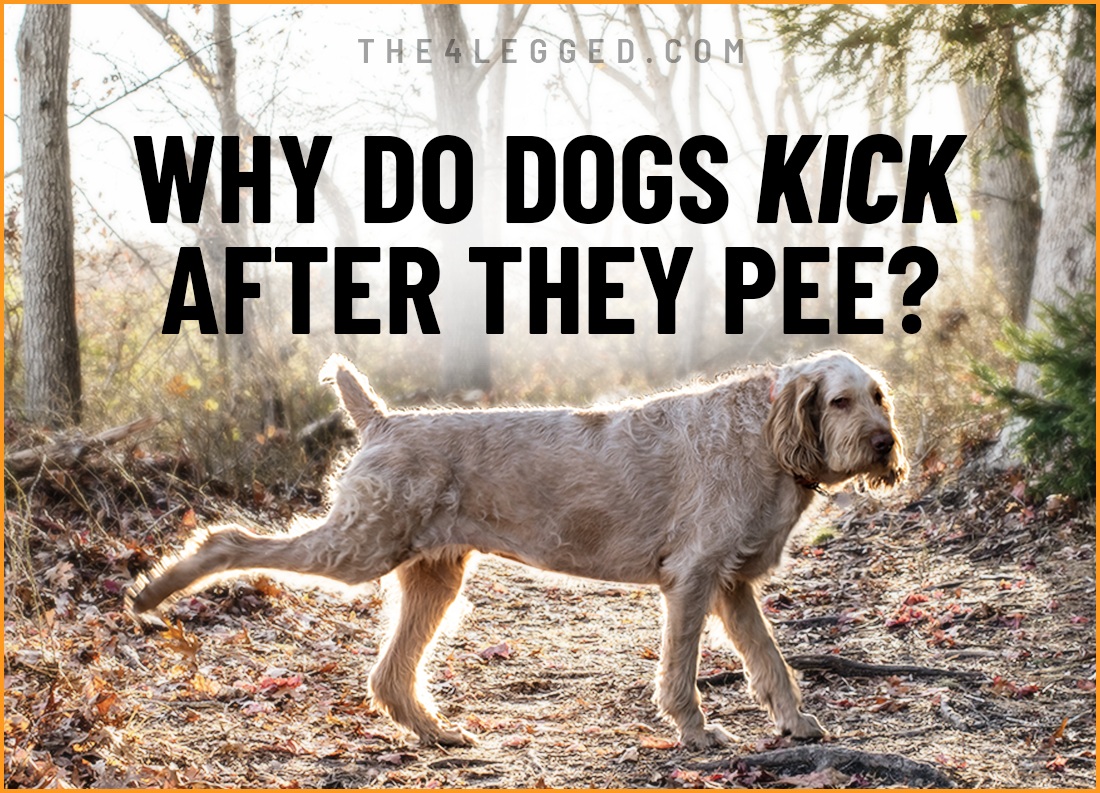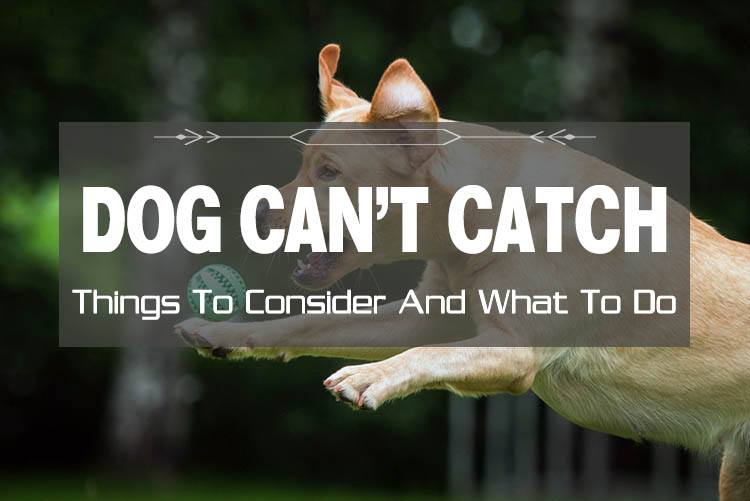Why do dogs kick after they pee? This seemingly odd yet fascinating behavior is actually a deeply rooted instinct in canine communication. It’s tied to territory marking, scent spreading, and dominance—core aspects of how dogs interact with their world. Whether it’s a subtle scrape or a full-on dirt-flinging display, kicking after peeing serves both chemical and social purposes. In this guide, we’ll break down why dogs kick after they pee, what it means, and when it might signal something more serious.
Key Takeaways
- Dogs kick after peeing primarily to mark their territory and communicate with other dogs, using scent and visual signals.
- Both male and female dogs exhibit this behavior, with its intensity varying based on breed, personality, and environment.
- While kicking is normal, excessive behavior that causes discomfort or injuries should be monitored, and managing it includes redirecting focus and creating designated kicking areas.
What Does It Look Like When Dogs Kick After Peeing?
Dogs often engage in rhythmic kicking motions with their hind feet after peeing, mimicking a digging motion. This ground scratching behavior, which can also occur after defecating or pooping, involves the dog shifting their weight onto their front paws while rapidly scratching the ground with their hind legs. It’s a synchronized dance that can sometimes look quite comical!
This behavior is entirely normal and doesn’t usually require intervention, though its intensity can vary. Some dogs kick lightly, barely disturbing the dirt or grass, while others might kick vigorously enough to leave noticeable scratch marks. Regardless of the intensity, it’s a natural part of a dog’s behavior and instinct.
How Long Does This Behavior Last?
This kicking behavior generally lasts from a few seconds to about a minute. During this time, their bodies are busy producing chemical signals that communicate with other dogs. Most dogs wrap up their ritual quickly before moving on, though some might take a bit longer to finish their ground-scratching routine.
Although it might seem excessive at times, it’s simply part of their natural act of marking territory and expressing their presence.
Do Male and Female Dogs Exhibit This Behavior?
Both male dogs and female dogs exhibit ground scratching behavior after peeing. While it’s often more noticeable in unneutered male dogs, female dogs also participate. The behavior aids in scent marking and communication for both genders.
Research shows that male and female dogs display kicking behavior after urination at similar rates. If you’re wondering why your female dog is kicking up dirt, rest assured it’s entirely normal. This behavior is ingrained in their instincts and serves as a vital communication tool in the dog world.
Reasons Why Dogs Kick After They Pee
Dogs kick after they pee due to deeply rooted natural instincts and behaviors. This behavior is one of the many strategies dogs adopted to communicate and mark their territory. Primarily, they do it for scent marking and communication, using visual signals to assert dominance and mark their territory. In free-ranging environments, other dogs typically stayed away from those exhibiting this behavior, indicating its role as a social display. These actions help them communicate with other dogs and establish their presence in a given area.
Understanding the reasons dogs kick helps pet parents better appreciate this seemingly odd behavior. Here’s a closer look at each reason to see how it all fits together.
Scent Marking and Communication
Dogs kick after urinating primarily to mark their territory. Unlike cats, who cover their waste to hide it, dogs kick to spread their scent further, dispersing the smell of their urine to mark their territory. This scent marking behavior is about communication and territorial boundaries, not cleanliness. Dogs have scent glands in their paws, and kicking releases these scents into the ground, broadcasting their personal scent to other canines, similar to when dogs start rolling in smelly things.
This scent marking is an important chemical reaction that helps dogs establish their territory and communicate. The scents they leave behind act as a calling card, letting other dogs know they’ve been there and marking that spot as their own. Smelling the smells reinforces these signals, making it clear to other dogs who has been there.
Visual Signals
The scratch marks left by dogs also serve as visual signals to other animals, including wild dogs and wild canids. Other animals will notice ground scratching as a clear indicator that the area has been claimed. These marks indicate that a particular space in the dog world has been claimed, sending a clear message: “I was here.” Some behaviors, like when dogs roll on their backs, also function as social signals that express submission or comfort.
This behavior acts as a social display, signaling to others that marking territory is taken and the area is in use by the same species.
Assertive or Dominant Behavior
Dogs also kick after peeing to assert dominance. This behavior is also observed in wild canids like coyotes, who use similar actions to mark territory and assert dominance. Confident, higher ranking dogs use this behavior to communicate their alpha status, especially in environments with unfamiliar dogs, such as dog parks, apartment buildings, or other public places—especially when they howl at sirens to signal their presence.
Kicking can also convey confidence and assert a dog’s presence in an area. This behavior dates back to their wild ancestors, who used similar actions to mark territory and communicate status within the pack. It’s a fascinating glimpse into canine social dynamics.
Is Kicking After Peeing More Common in Certain Dogs?
Not all dogs kick after peeing, but many dogs do, and that’s entirely normal. This behavior can depend on factors like breed, personality, and environmental triggers. For example, territorial breeds known for dominance may exhibit ground scratching more frequently.
This behavior is also more common in older dogs, particularly those in shelters. The presence of unfamiliar dogs can increase the likelihood that dogs showed ground scratching behavior as a social display, especially when ground scratching occurred in the presence of other dogs.
Breed and Personality Factors
Certain breeds are naturally more inclined to kick after peeing due to their instinctual traits. This behavior is also seen in free-ranging dogs, who exhibit ground-scratching frequently as a natural behavior. For instance, territorial breeds or those with a strong prey drive may exhibit this behavior more frequently. Understanding your dog’s breed traits can help explain these tendencies and support better behavioral management. This is seen in both domestic dogs and their wild counterparts.
Personality also plays a significant role. Confident and assertive higher ranking dogs are more likely to engage in this kicking behavior compared to more submissive ones. This variation highlights the diversity within the canine species and the importance of understanding your dog’s behavior.
Environmental Triggers
Environmental factors can influence a dog’s tendency to kick after peeing, especially in areas they perceive as their grounds. Dogs are more likely to scratch the ground in areas they perceive as territorial, such as their own yard, a local park, or frequently visited trails. Familiar scents can trigger more intense ground scratching.
Dogs may also be more likely to kick dirt in places where other animals frequent, as a stronger signal to mark their territory. One of the reasons dogs kick is to establish their presence and leave both scent and visual cues.
Should You Be Concerned About Your Dog’s Kicking?
Kicking after peeing is normal and usually isn’t a cause for concern. Training techniques that focus on incompatible behavior can help manage excessive kicking. However, if your dog scratches excessively or displays signs of discomfort, it might be time to consult a veterinarian. Excessive kicking that causes injuries might indicate an underlying health issue that needs evaluation.
Monitor the surfaces your dog kicks on, as frequent scratching on hard surfaces can lead to injuries and property damage. Supervision or redirection may be necessary to keep your pet and property intact.
Potential Damage to Property
Kicking behavior can lead to property damage, such as uprooting flower beds or scratching surfaces around the house. While usually harmless, frequent kicking can tear up grass, disturb dirt, or leave scratches on hard surfaces.
In urban settings, such as an apartment building or public dog area, this behavior can also cause issues. Ensuring your dog kicks in designated areas can help mitigate potential damage and maintain a harmonious environment.
Checking Paw Pads
After your dog kicks, inspect their hind paws and paw pads for any debris like rocks or foxtails. Regularly checking their feet for signs of irritation or injury can help ensure your dog’s comfort and prevent complications.
This simple routine can make a big difference in keeping your dog’s paws healthy and pain-free.
How to Manage Your Dog’s Kicking Behavior
If your dog’s kicking behavior is causing issues, there are several ways to manage it effectively:
- Taking your dog on leashed walks can help manage their kicking behavior by providing appropriate outlets for their natural instincts.
- Redirecting their focus immediately after they finish peeing can prevent them from kicking.
- Creating designated areas for kicking can help minimize damage while allowing your dog to express their natural instincts.
- Teaching alternative behaviors can also be beneficial.
By implementing these dog training strategies, you can manage your dog’s kicking behavior more effectively.
Understanding your dog’s routine and setting up specific zones in your yard can also reduce the impact of their kicking behavior. Here’s a detailed look at these methods.
Redirecting Focus
Distracting your dog with treats or toys right after they eliminate can help redirect their attention. Using a favorite toy or engaging in play can effectively divert their focus from kicking to more acceptable behaviors.
This technique keeps dog parents’ pets busy with positive actions instead of tearing up the ground.
Creating Designated Areas
Establishing specific areas in your yard for your dog to kick dirt can minimize damage to other parts of your property. In a free-ranging dog pack, higher-ranking dogs often establish specific areas for marking territory. Setting up zones with different surfaces, like dirt or mulch, allows your dog to express their natural behavior without harming your landscape.
This approach maintains your yard’s beauty while respecting your dog’s natural instincts.
Teaching Alternative Behaviors
Incorporating commands can help replace the kicking behavior with more controlled actions:
- ‘sit’
- ‘stay’
- ‘leave it’
- ‘spin’
- ‘jump’
These alternative actions provide a positive outlet for your dog’s energy and instincts. Training your dog to perform different behaviors right after they eliminate can also prevent them from kicking. Consistently practicing these commands helps your dog develop new habits that are less disruptive and more enjoyable for both of you.
Summary
Dogs kick after peeing for several reasons, including scent marking, visual signaling, and asserting dominance. This behavior is deeply rooted in their natural instincts and serves as a vital communication tool in the dog world. While it’s generally not a cause for concern, excessive kicking can lead to property damage or injuries, necessitating some management.
By understanding the reasons behind this behavior and employing techniques like redirecting focus, creating designated areas, and teaching alternative behaviors, dog owners can ensure their pets remain happy and healthy. Embrace your dog’s quirks, and remember that these behaviors are a part of what makes them unique.
For more expert tips, behavioral guides, and insights into your pet’s behavior, check out our collection of dog care resources.
Frequently Asked Questions
Why does my dog kick after peeing?
Your dog kicks after peeing to mark their territory and leave behind their scent, ensuring other dogs know they’ve been there. It’s all about making their presence known in the dog world.
Why do dogs pick a specific spot to poop?
Dogs pick specific spots to poop to leave their scent behind, communicating their presence to other dogs through their scent glands. It’s all part of their instinctual behavior!
Why do dogs kick their legs back after they go to the bathroom?
Dogs kick their hind legs back after going to the bathroom to mark their territory and leave behind their unique scent. It’s a natural instinct rooted in their ancestry, shared with wild canids like wolves.
Is it normal for both male and female dogs to kick after peeing?
Absolutely, it’s normal for both male and female dogs to kick after peeing! This behavior, seen more in male dogs but also in females, is a natural way for them to mark their territory.
Should I be concerned if my dog kicks excessively after peeing?
You should definitely consult a veterinarian if your dog kicks excessively after peeing, as it could signal discomfort or an underlying health issue. It’s better to be safe and get a professional opinion.




